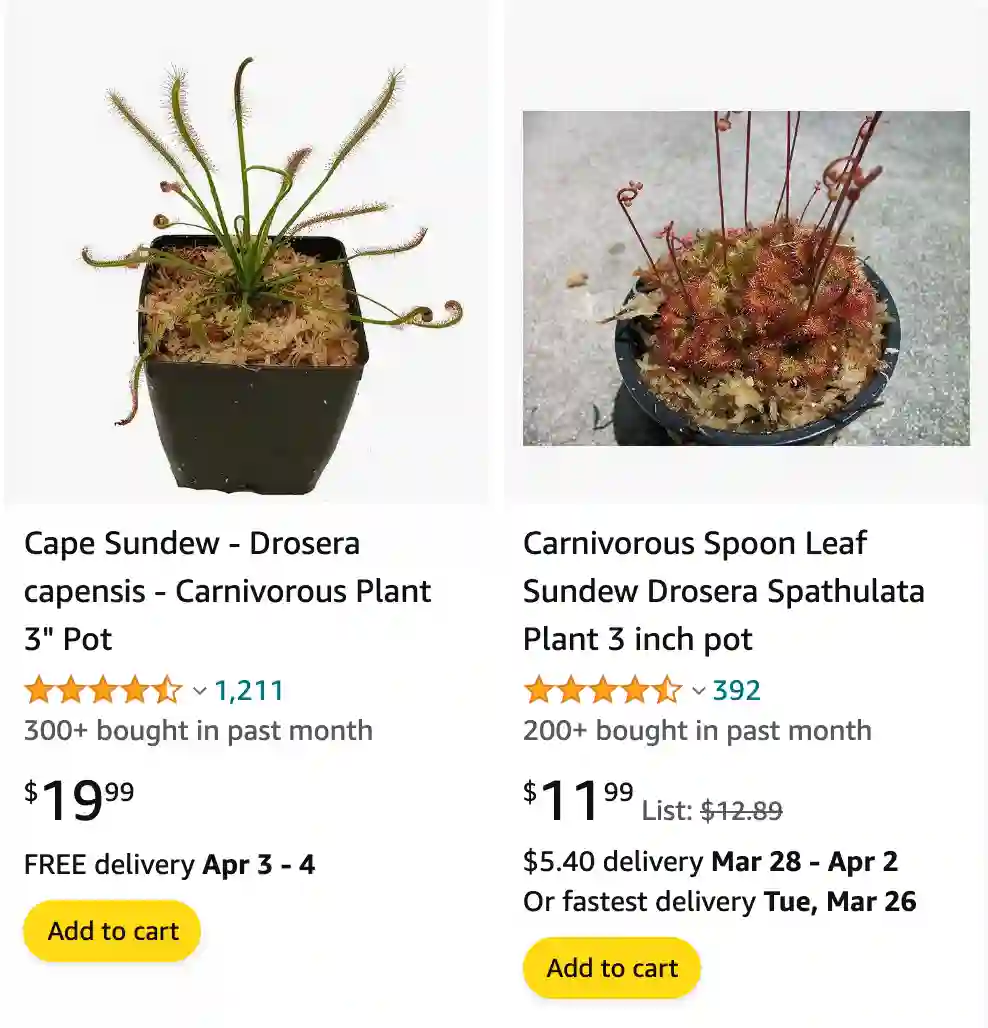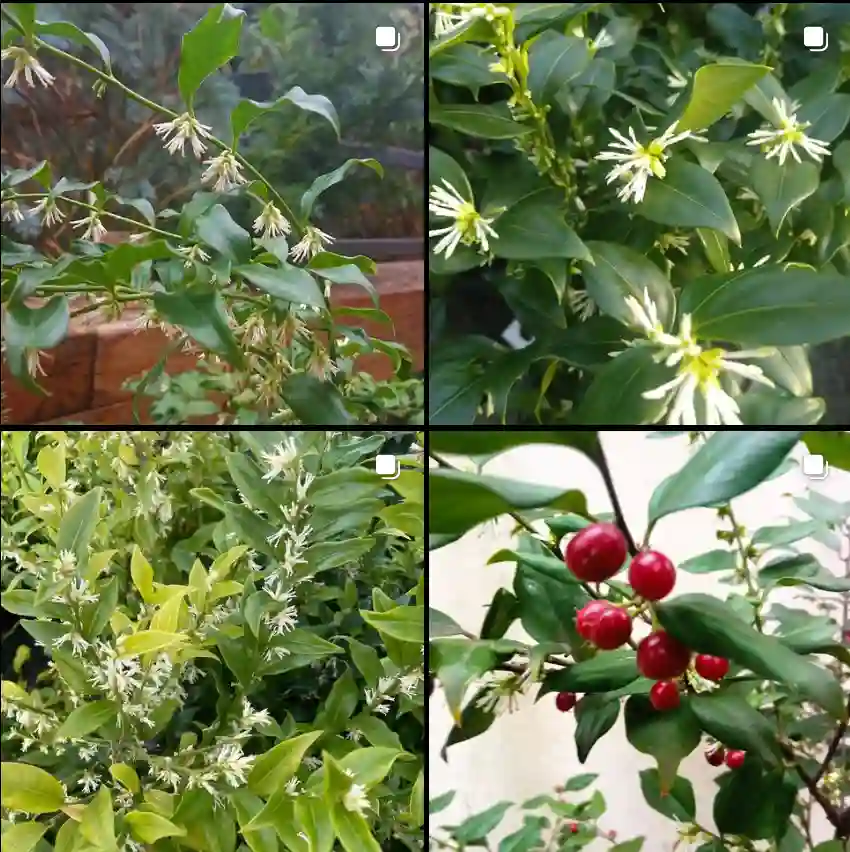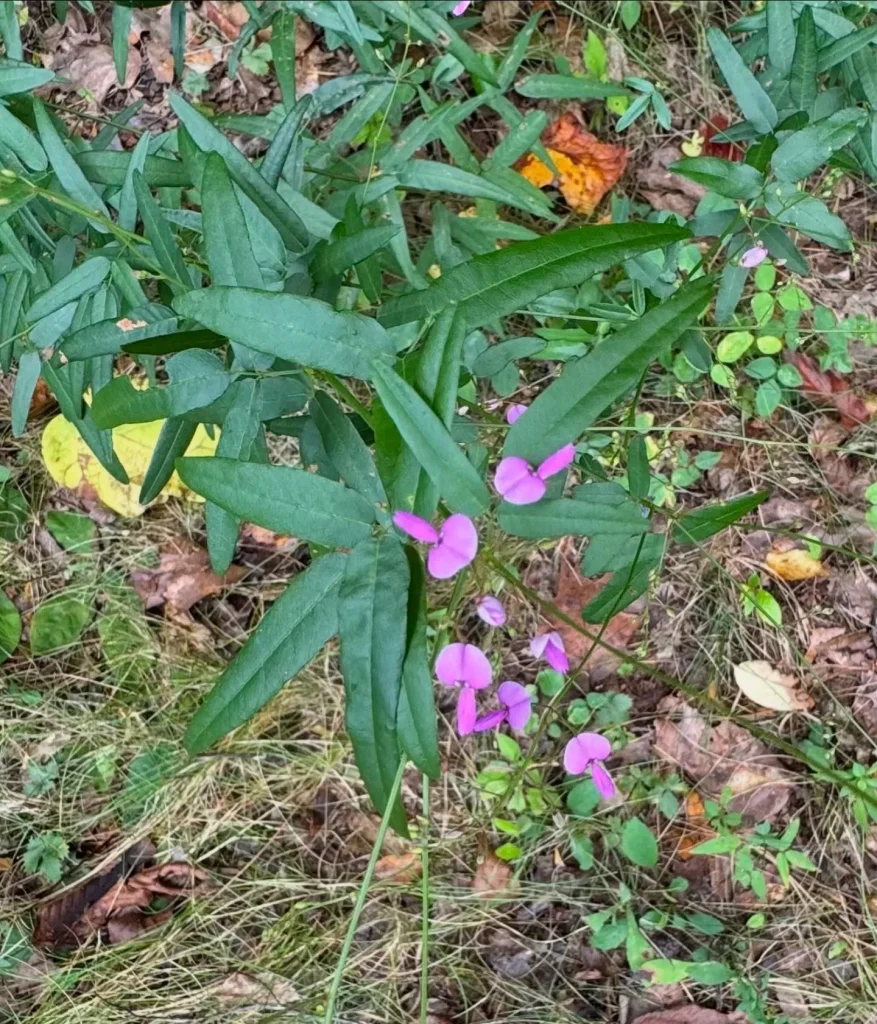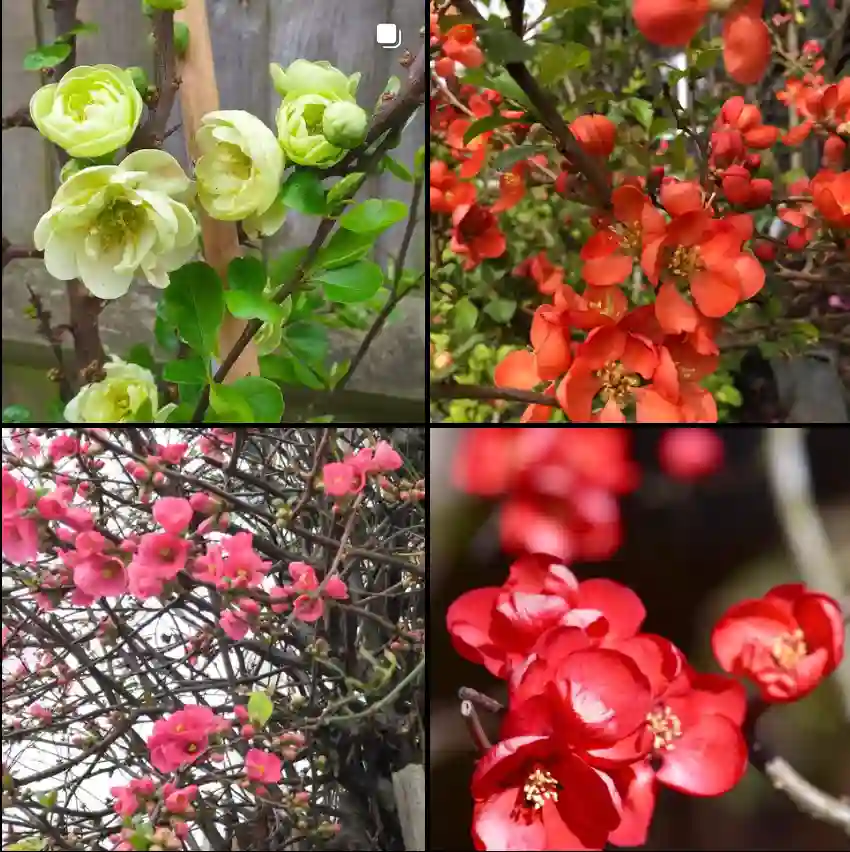
What is drosera?
Drosera belong to the Droseraceae family, commonly known as sundew, is a fascinating genus of carnivorous plants characterized by their sticky, glandular tentacles that attract, trap, and digest insects. I’ve always been captivated by their unique appearance and ingenious feeding mechanism, which sets them apart from other plants. In addition to their insect-catching abilities, some species of Drosera are also valued for their ornamental qualities, with delicate, jewel-like leaves that shimmer in the sunlight.
Drosera species
- Drosera aberrans (Lowrie & Carlquist) Lowrie & Conran
- Drosera acaulis L.f.
- Drosera adelae F.Muell.
- Drosera admirabilis Debbert
- Drosera affinis Welw. ex Oliv.
- Drosera alba E.Phillips
- Drosera albonotata A.S.Rob., A.T.Cross, Meisterl & A.Fleischm.
- Drosera aliciae Raym.-Hamet
- Drosera allantostigma (N.G.Marchant & Lowrie) Lowrie & Conran
- Drosera amazonica Rivadavia, A.Fleischm. & Vicent.
- Drosera andersoniana Fitzg. ex Ewart & Jean White
- Drosera androsacea Diels
- Drosera anglica Huds.
- Drosera aquatica Lowrie
- Drosera arachnoides Rakotoar. & A.Fleischm.
- Drosera arcturi Hook.
- Drosera arenicola Steyerm.
- Drosera ascendens A.St.-Hil.
- Drosera atrata T.Krueger, A.Fleischm. & Bourke
- Drosera atrostyla Debbert
- Drosera aurantiaca Lowrie
- Drosera auriculata Backh. ex Planch.
- Drosera australis (N.G.Marchant & Lowrie) Lowrie & Conran
- Drosera × badgerupii Cheek
- Drosera × badgingarra Lowrie & Conran
- Drosera banksii R.Br. ex DC.
- Drosera barbigera Planch.
- Drosera barrettiorum Lowrie
- Drosera basifolia (N.G.Marchant & Lowrie) Lowrie
- Drosera bequaertii Taton
- Drosera bicolor Lowrie & Carlquist
- Drosera biflora Willd. ex Schult.
- Drosera binata Labill. Plant FAQs: Drosera Binata – Forked Sundew
- Drosera bindoon Lowrie
- Drosera × bockowskii Scholl
- Drosera brevicornis Lowrie
- Drosera brevifolia Pursh
- Drosera broomensis Lowrie
- Drosera browniana Lowrie & N.G.Marchant
- Drosera bulbigena Morrison
- Drosera bulbosa Hook.
- Drosera burkeana Planch.
- Drosera burmanni Vahl
- Drosera buubugujin M.T.Mathieson
- Drosera caduca Lowrie
- Drosera × californica Cheek
- Drosera callistos N.G.Marchant & Lowrie
- Drosera calycina Planch.
- Drosera camporupestris Rivadavia
- Drosera capensis L. Plant FAQs: Drosera Capensis
- Drosera capillaris Poir.
- Drosera × carbarup Lowrie & Conran
- Drosera cayennensis Sagot ex Diels
- Drosera cendeensis Tamayo & Croizat
- Drosera chimaera Gonella & Rivadavia
- Drosera chrysolepis Taub.
- Drosera cistiflora L.
- Drosera citrina Lowrie & Carlquist
- Drosera closterostigma N.G.Marchant & Lowrie
- Drosera coalara Lowrie & Conran
- Drosera coccipetala Debbert
- Drosera collina (N.G.Marchant & Lowrie) Lowrie
- Drosera collinsiae N.E.Br.
- Drosera communis A.St.-Hil.
- Drosera condor Gonella, A.Fleischm. & Rivadavia
- Drosera coomallo Lowrie & Conran
- Drosera × corinthiaca R.A.Gibson & E.Green
- Drosera cucullata Lowrie
- Drosera cuneifolia L.f.
- Drosera curvipes Planch.
- Drosera darwinensis Lowrie
- Drosera depauperata Lowrie & Conran
- Drosera derbyensis Lowrie
- Drosera dichrosepala Turcz.
- Drosera dielsiana Exell & J.R.Laundon
- Drosera dilatatopetiolaris Kondô
- Drosera drummondii Planch.
- Drosera echinoblastus N.G.Marchant & Lowrie
- Drosera × eloisiana T.S.Bailey
- Drosera elongata Exell & J.R.Laundon
- Drosera eneabba N.G.Marchant & Lowrie
- Drosera enodes N.G.Marchant & Lowrie
- Drosera eremaea (N.G.Marchant & Lowrie) Lowrie & Conran
- Drosera ericgreenii A.Fleischm., R.P.Gibson & Rivadavia
- Drosera erythrogyne N.G.Marchant & Lowrie
- Drosera erythrorhiza Lindl.
- Drosera esmeraldae (Steyerm.) Maguire & Wurdack
- Drosera esperensis Lowrie
- Drosera esterhuyseniae (T.M.Salter) Debbert
- Drosera falconeri Kondô & P.Tsang
- Drosera felix Steyerm. & L.B.Sm.
- Drosera filiformis Raf.
- Drosera fimbriata DeBuhr
- Drosera finlaysoniana Wall. ex Arn.
- Drosera flexicaulis Welw. ex Oliv.
- Drosera × fontinalis Rivadavia
- Drosera fragrans Lowrie
- Drosera fulva Planch.
- Drosera geniculata (N.G.Marchant & Lowrie) Lowrie
- Drosera gibsonii P.Mann
- Drosera gigantea Lindl.
- Drosera glabripes (Harv. ex Planch.) Stein
- Drosera glabriscapa Lowrie
- Drosera glanduligera Lehm.
- Drosera gracilis Hook.f. ex Planch.
- Drosera graminifolia A.St.-Hil.
- Drosera graniticola N.G.Marchant
- Drosera grantsaui Rivadavia
- Drosera graomogolensis T.R.S.Silva Plant FAQs: Drosera Graomogolensis
- Drosera grievei Lowrie & N.G.Marchant
- Drosera gunniana (Planch.) de Salas
- Drosera hamiltonii C.R.P.Andrews
- Drosera hartmeyerorum Schlauer
- Drosera helodes N.G.Marchant & Lowrie
- Drosera heterophylla Lindl.
- Drosera hilaris Cham. & Schltdl.
- Drosera hirsuta Lowrie & Conran
- Drosera hirtella A.St.-Hil.
- Drosera hirticalyx Duno de Stefano & Culham
- Drosera hookeri R.P.Gibson, B.J.Conn & Conran
- Drosera hortiorum T.Krueger & Bourke
- Drosera huegelii Endl.
- Drosera humbertii Exell & J.R.Laundon
- Drosera humilis Planch.
- Drosera × hybrida Macfarl.
- Drosera hyperostigma N.G.Marchant & Lowrie
- Drosera indica L.
- Drosera indumenta Lowrie & Conran
- Drosera intermedia Hayne
- Drosera intricata Planch.
- Drosera kaieteurensis Brumm.-Ding.
- Drosera katangensis Taton
- Drosera kenneallyi Lowrie
- Drosera koikyennuruff T.Krueger & A.S.Rob.
- Drosera lanata K.Kondo
- Drosera lasiantha Lowrie & Carlquist
- Drosera latifolia (Eichler) Gonella & Rivadavia
- Drosera × legrandii Lowrie & Conran
- Drosera leioblastus N.G.Marchant & Lowrie
- Drosera leucoblasta Benth.
- Drosera leucostigma (N.G.Marchant & Lowrie) Lowrie & Conran
- Drosera linearis Goldie
- Drosera × linglica Kusak. ex R.Gauthier & Gervais
- Drosera lowriei N.G.Marchant
- Drosera lunata Buch.-Ham. ex DC.
- Drosera lutescens (A.St.-Hil.) Gonella, Rivadavia & A.Fleischm.
- Drosera maanyaa-gooljoo A.Fleischm. & T.Krueger
- Drosera macrantha Endl.
- Drosera macropetala (Diels) T.Krueger & A.Fleischm.
- Drosera macrophylla Lindl.
- Drosera madagascariensis DC.
- Drosera magna (N.G.Marchant & Lowrie) Lowrie
- Drosera magnifica Rivadavia & Gonella
- Drosera major (Diels) Lowrie
- Drosera mannii Cheek
- Drosera marchantii DeBuhr
- Drosera margaritacea T.Krueger & A.Fleischm.
- Drosera menziesii R.Br. ex DC.
- Drosera meristocaulis Maguire & Wurdack
- Drosera micra Lowrie & Conran
- Drosera micrantha Lehm.
- Drosera microphylla Endl.
- Drosera microscapa Debbert
- Drosera miniata Diels
- Drosera minutiflora Planch.
- Drosera modesta Diels
- Drosera monantha (Lowrie & Carlquist) Lowrie
- Drosera montana A.St.-Hil.
- Drosera monticola (Lowrie & N.G.Marchant) Lowrie
- Drosera moorei (Diels) Lowrie
- Drosera murfetii Lowrie & Conran
- Drosera myriantha Planch.
- Drosera nana Lowrie
- Drosera natalensis Diels
- Drosera neesii Lehm.
- Drosera neocaledonica Raym.-Hamet
- Drosera nidiformis Debbert
- Drosera nitidula Planch.
- Drosera nivea Lowrie & Carlquist
- Drosera oblanceolata Y.Z.Ruan
- Drosera × obovata Mert. & W.D.J.Koch
- Drosera occidentalis Morrison
- Drosera omissa Diels
- Drosera orbiculata N.G.Marchant & Lowrie
- Drosera ordensis Lowrie
- Drosera oreopodion N.G.Marchant & Lowrie
- Drosera paleacea DC.
- Drosera pallida Lindl.
- Drosera paradoxa Lowrie
- Drosera patens Lowrie & Conran
- Drosera pauciflora Banks ex DC.
- Drosera pedicellaris Lowrie
- Drosera peltata Thunb.
- Drosera peruensis T.R.S.Silva & M.D.Correa
- Drosera petiolaris R.Br. ex DC.
- Drosera pilosa Exell & J.R.Laundon
- Drosera × pingellyensis Lowrie & Conran
- Drosera planchonii Hook.f. ex Planch.
- Drosera platypoda Turcz.
- Drosera platystigma Lehm.
- Drosera porrecta Lehm.
- Drosera praefolia Tepper
- Drosera prolifera C.T.White
- Drosera prophylla (N.G.Marchant & Lowrie) Lowrie
- Drosera prostrata (N.G.Marchant & Lowrie) Lowrie
- Drosera prostratoscaposa Lowrie & Carlquist
- Drosera pulchella Lehm.
- Drosera purpurascens Schlotth.
- Drosera pycnoblasta Diels
- Drosera pygmaea DC.
- Drosera quartzicola Rivadavia & Gonella
- Drosera radicans N.G.Marchant
- Drosera ramellosa Lehm.
- Drosera ramentacea Burch. ex DC.
- Drosera rechingeri Strid
- Drosera reflexa Bourke & A.S.Rob.
- Drosera regia Stephens
- Drosera riparia Gonella & Rivadavia
- Drosera roraimae (Klotzsch ex Diels) Maguire & J.R.Laundon
- Drosera roseana N.G.Marchant & Lowrie
- Drosera rosulata Lehm.
- Drosera rotundifolia L.
- Drosera rubricalyx T.Krueger & A.Fleischm.
- Drosera rubrifolia Debbert
- Drosera rupicola (N.G.Marchant) Lowrie
- Drosera salina N.G.Marchant & Lowrie
- Drosera sargentii Lowrie & N.G.Marchant
- Drosera schizandra Diels
- Drosera schmutzii Lowrie & Conran
- Drosera schwackei (Diels) Rivadavia
- Drosera scorpioides Planch.
- Drosera serpens Planch.
- Drosera sessilifolia A.St.-Hil.
- Drosera sewelliae Diels
- Drosera × sidjamesii Lowrie & Conran
- Drosera silvicola Lowrie & Carlquist
- Drosera slackii Cheek
- Drosera solaris A.Fleischm., Wistuba & S.McPherson
- Drosera spatulata Labill. Plant FAQs: Drosera Spatulata
- Drosera spilos N.G.Marchant & Lowrie
- Drosera spiralis A.St.-Hil.
- Drosera spirocalyx Rivadavia & Gonella
- Drosera squamosa Benth.
- Drosera stelliflora Lowrie & Carlquist
- Drosera stenopetala Hook.f.
- Drosera stipularis Baleeiro, R.W.Jobson & R.L.Barrett
- Drosera stolonifera Endl.
- Drosera stricticaulis (Diels) O.H.Sarg.
- Drosera subhirtella Planch.
- Drosera subtilis N.G.Marchant
- Drosera sulphurea Lehm.
- Drosera tentaculata Rivadavia
- Drosera thysanosepala Diels
- Drosera tokaiensis (Komiya & Shibata) T.Nakam. & K.Ueda
- Drosera tomentosa A.St.-Hil.
- Drosera tracyi Macfarl.
- Drosera trichocaulis (Diels) Lowrie & Conran
- Drosera trinervia Spreng.
- Drosera tubaestylis N.G.Marchant & Lowrie
- Drosera ultramafica A.Fleischm., A.S.Rob. & S.McPherson
- Drosera uniflora Willd.
- Drosera venusta Debbert
- Drosera verrucata Lowrie & Conran
- Drosera villosa A.St.-Hil.
- Drosera viridis Rivadavia
- Drosera walyunga N.G.Marchant & Lowrie
- Drosera whittakeri Planch.
- Drosera × woodii R.Gauthier & Gervais
- Drosera xerophila A.Fleischm.
- Drosera yilgarnensis R.P.Gibson & B.J.Conn
- Drosera yutajensis Duno de Stefano & Culham
- Drosera zeyheri T.M.Salter
- Drosera zigzagia Lowrie
- Drosera zonaria Planch.
What is drosera used for?
Drosera has been used for various purposes throughout history, primarily for its medicinal properties. Traditionally, extracts from Drosera plants have been used to alleviate symptoms of respiratory conditions such as coughs, bronchitis, and asthma. The plant’s mucilaginous tentacles contain compounds with expectorant and anti-inflammatory properties, which are believed to help soothe irritated airways and promote respiratory health.
Is drosera an insectivorous plant?
Yes, Drosera is indeed an insectivorous plant, meaning it captures and digests insects to supplement its nutrient intake. The sticky tentacles on Drosera leaves are covered in glandular hairs that secrete a viscous substance, effectively trapping unsuspecting insects that come into contact with them. Once caught, the plant’s enzymes break down the insect’s soft tissues, allowing the Drosera to absorb essential nutrients such as nitrogen and phosphorus.
Where to buy drosera?
Drosera plants can often be found for sale at specialized nurseries that carry carnivorous plants, as well as online retailers and botanical gardens with plant sales or gift shops. When purchasing Drosera, it’s essential to choose healthy specimens from reputable sources to ensure they have the best chance of thriving in your care. Additionally, some species and cultivars of Drosera may be more readily available than others, so it’s worth researching specific varieties if you have particular preferences.
How to care for drosera?
Caring for Drosera involves providing them with the right growing conditions to mimic their natural habitat. They typically prefer bright, indirect sunlight and high humidity, so placing them in a sunny windowsill or under a grow light can help them thrive. It’s important to keep their soil consistently moist but not waterlogged, using distilled water or rainwater to prevent mineral buildup. Additionally, feeding them periodically with live insects or specialized carnivorous plant food can supplement their nutrient intake and promote healthy growth.
How to pronounce drosera?
Drosera is pronounced “DROH-ser-uh,” with the emphasis on the first syllable. The pronunciation may vary slightly depending on regional accents or dialects, but this is the most commonly accepted way to say the genus name.
How to propagate drosera?
Propagating Drosera can be done through various methods, including seed germination, leaf cuttings, or division. One of the simplest ways to propagate Drosera is by using leaf cuttings, where a healthy leaf is carefully removed from the parent plant and placed on moist soil or sphagnum moss. Over time, new plantlets will emerge from the base of the leaf and develop into independent plants. Division can also be used to propagate mature Drosera plants, where the rhizome or root system is carefully divided into smaller sections, each with its own growing point.
If i die, water my plants!



